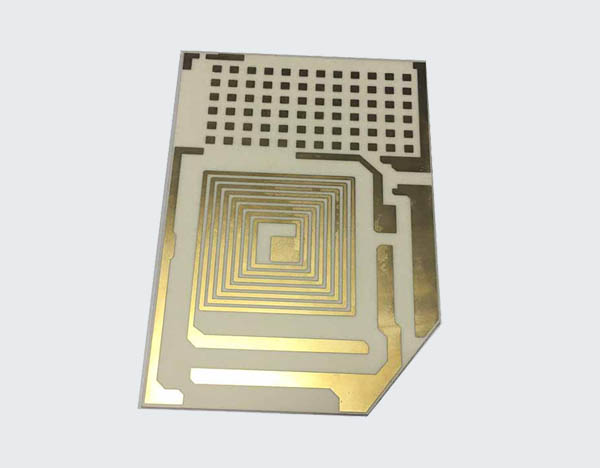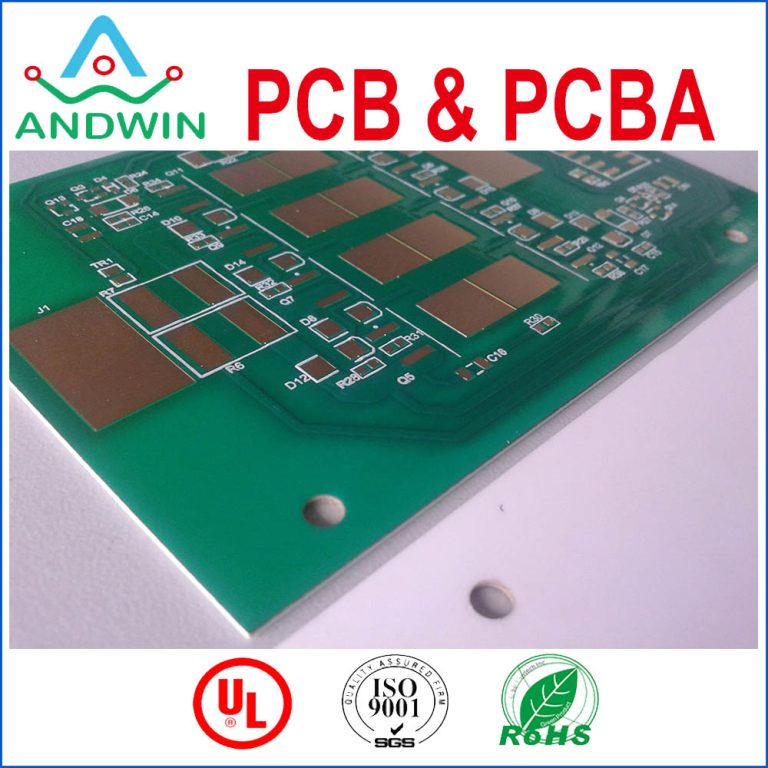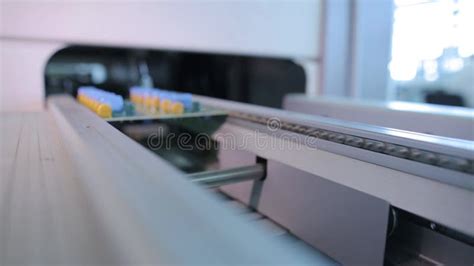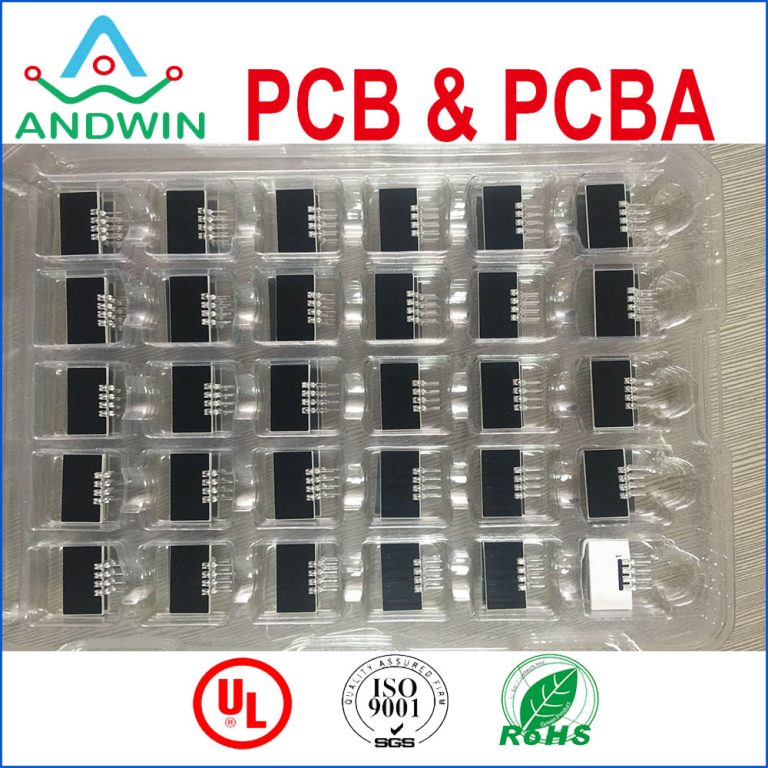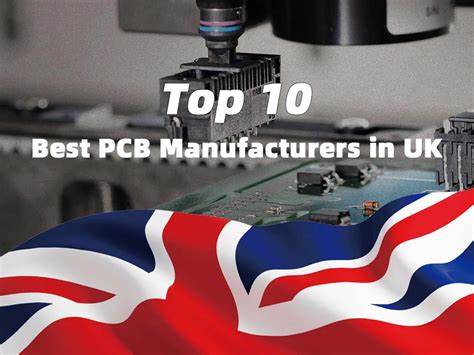PCB On Ceramic,You Can Select IT
I hope this letter finds you in good health and high spirits. I am writing to provide
you with an in-depth analysis of Printed Circuit Boards (PCBs) on ceramic substrates.
As requested, this letter will cover various aspects of PCB on ceramic, including its
composition, manufacturing process, applications, advantages, and challenges.
1. Introduction:
PCB on ceramic refers to the integration of printed circuitry on ceramic substrates.
This technology offers numerous benefits,making it an attractive choice for various
industries. In this letter, we will explore the key features and applications of PCB on ceramic.
2. Composition:
Ceramic substrates used in PCBs are typically made of aluminum oxide (Al2O3) or
aluminum nitride (AlN). These materials possess excellent thermal conductivity, electrical
insulation properties, and high mechanical strength, making them ideal for PCB applications.
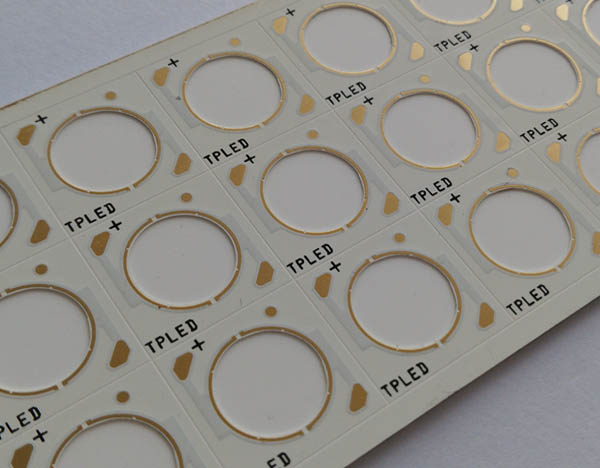
3. Manufacturing Process:
The manufacturing process of PCB on ceramic involves several steps, including
substrate preparation, metallization, circuit patterning, component attachment, and
testing. Each step plays a crucial role in ensuring the reliability and performance of the final product.
4. Applications:
PCB on ceramic finds extensive applications in various industries, such as aerospace,
automotive, telecommunications, medical, and consumer electronics. Its ability to withstand
high temperatures, provide excellent thermal management, and offer superior electrical
performance makes it suitable for demanding environments.
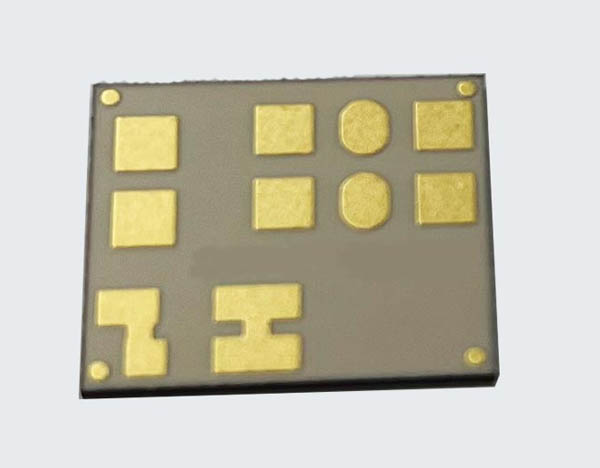
5. Advantages:
PCB on ceramic offers several advantages over traditional PCBs, including enhanced
thermal conductivity, improved electrical insulation, higher mechanical strength, and
increased reliability. These advantages make it an excellent choice for power electronics,
high-frequency applications, and miniaturized electronic devices.
6. Challenges:
Despite its numerous benefits, PCB on ceramic also presents certain challenges. These
include the higher cost of ceramic substrates compared to traditional materials, the need
for specialized manufacturing processes, and potential difficulties in repair or modification.
7. Future Trends:
The field of PCB on ceramic is constantly evolving, with ongoing research and development
aimed at improving its performance and reducing costs. Emerging trends include the integration
of advanced materials, such as silicon carbide (SiC), and the exploration of additive manufacturing
techniques for more efficient production.
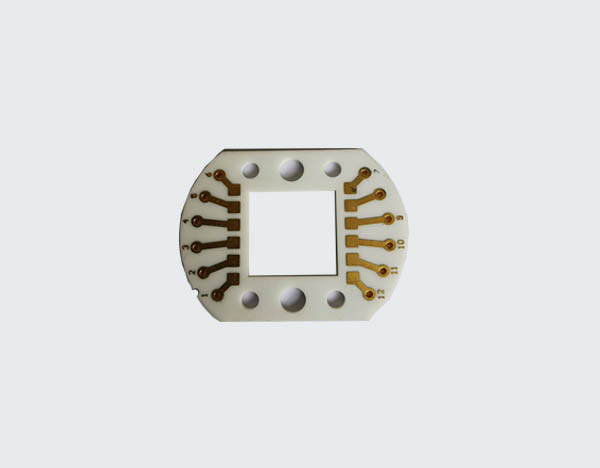
In conclusion, PCB on ceramic offers a range of advantages for various industries,
including enhanced thermal management, improved electrical performance, and
increased reliability. While it presents certain challenges, ongoing research and
development are addressing these issues, paving the way for further advancements in this field.
I hope this analysis provides you with a comprehensive understanding of PCB on ceramic.
Should you require any further information or have any specific queries, please feel free to contact me .
I would be more than happy to assist you.

